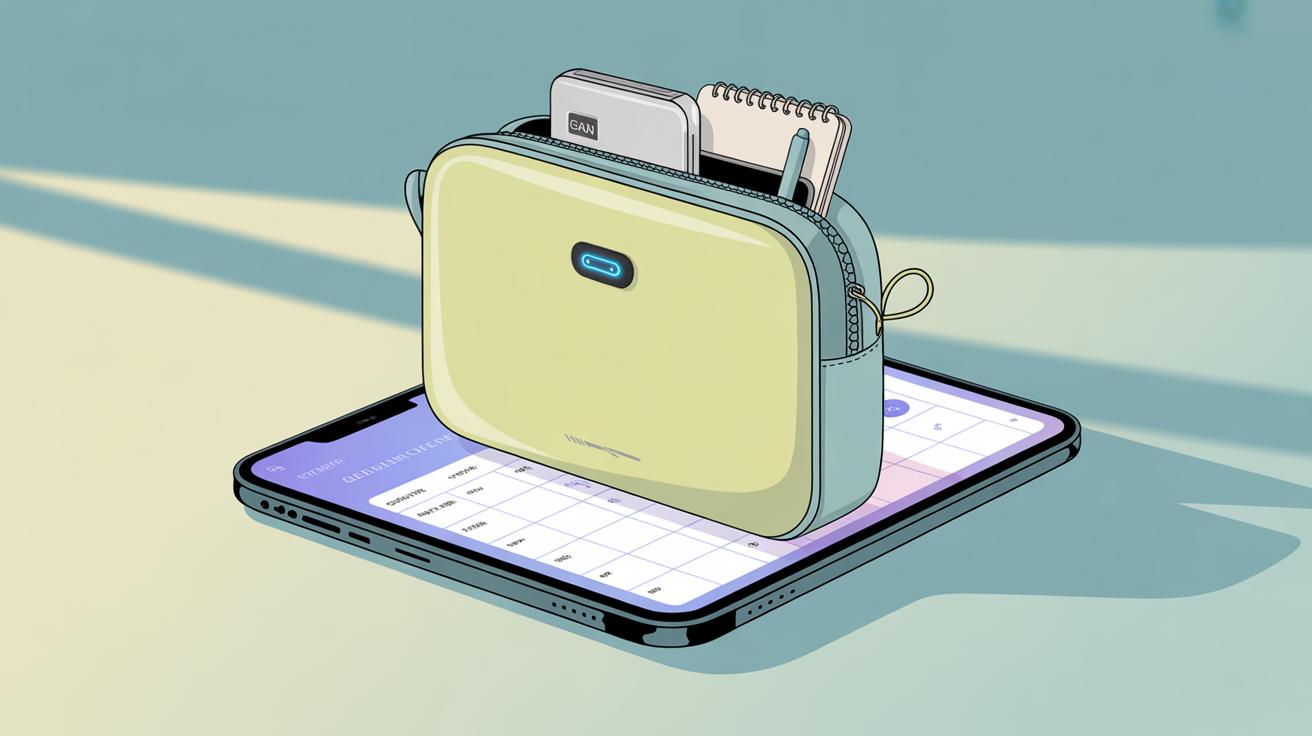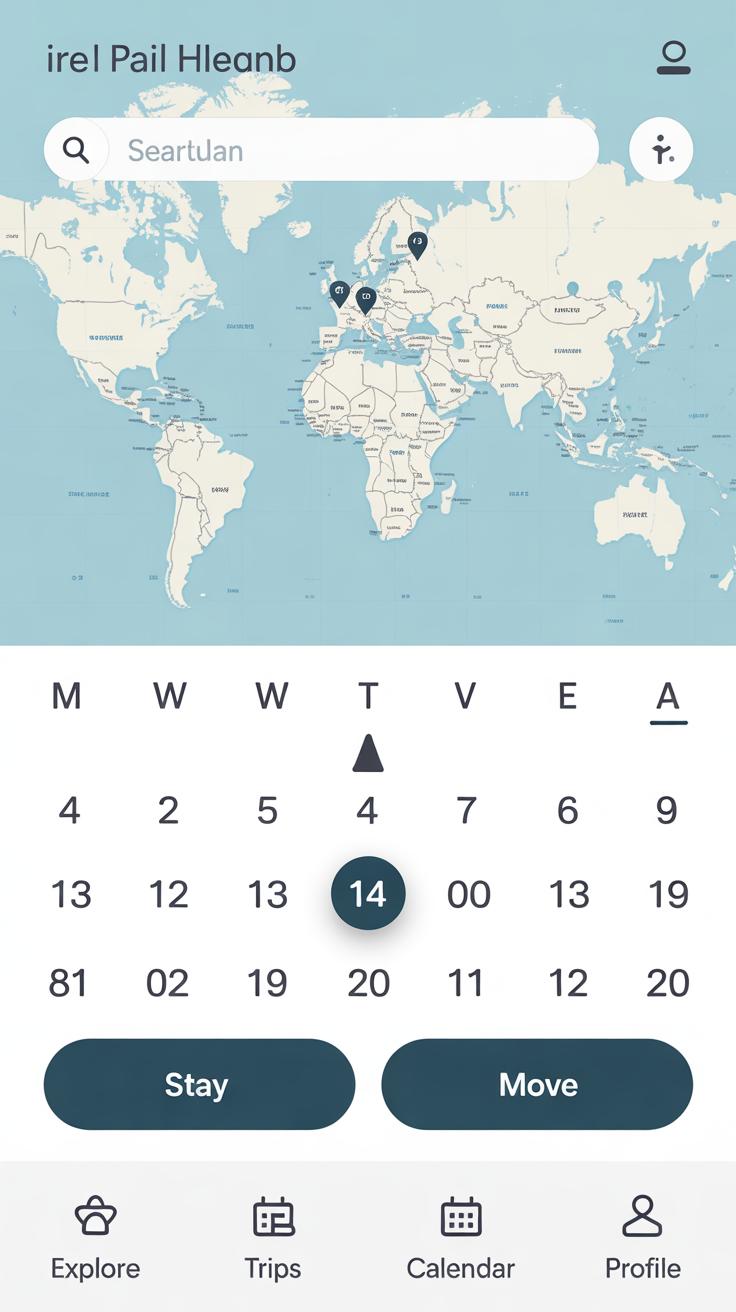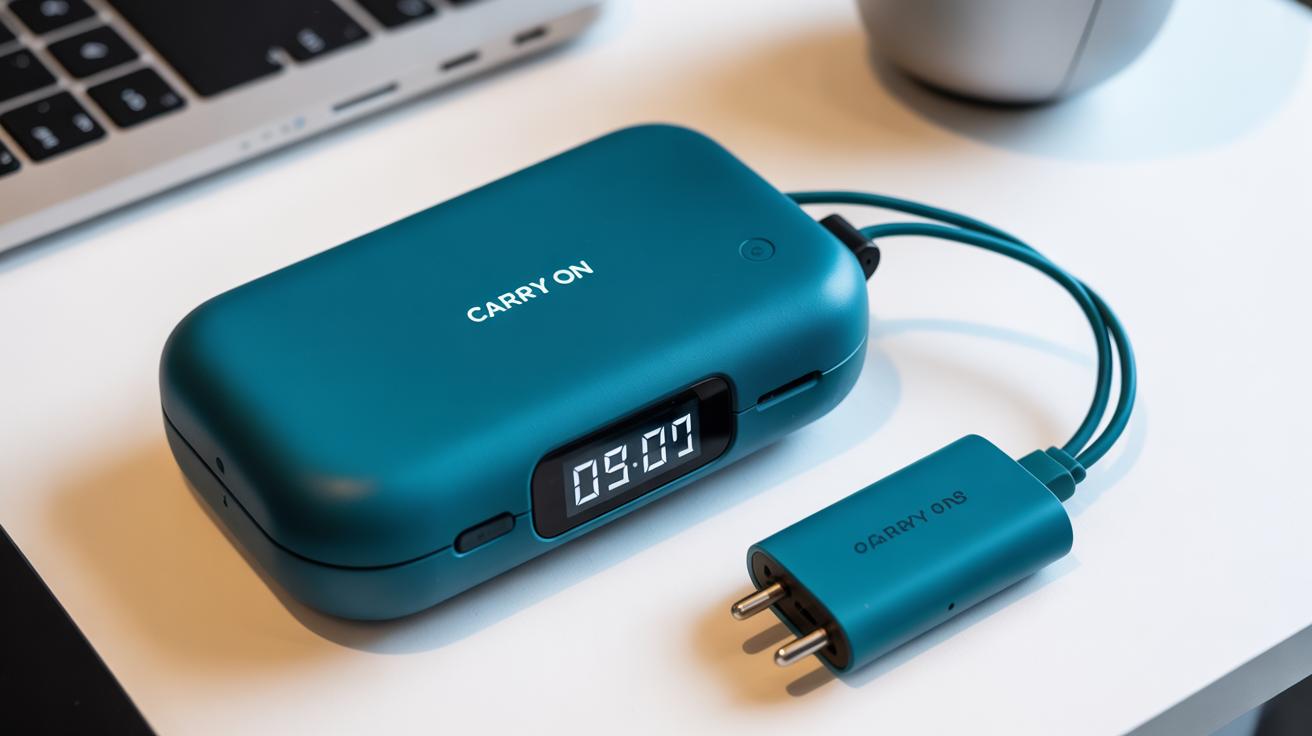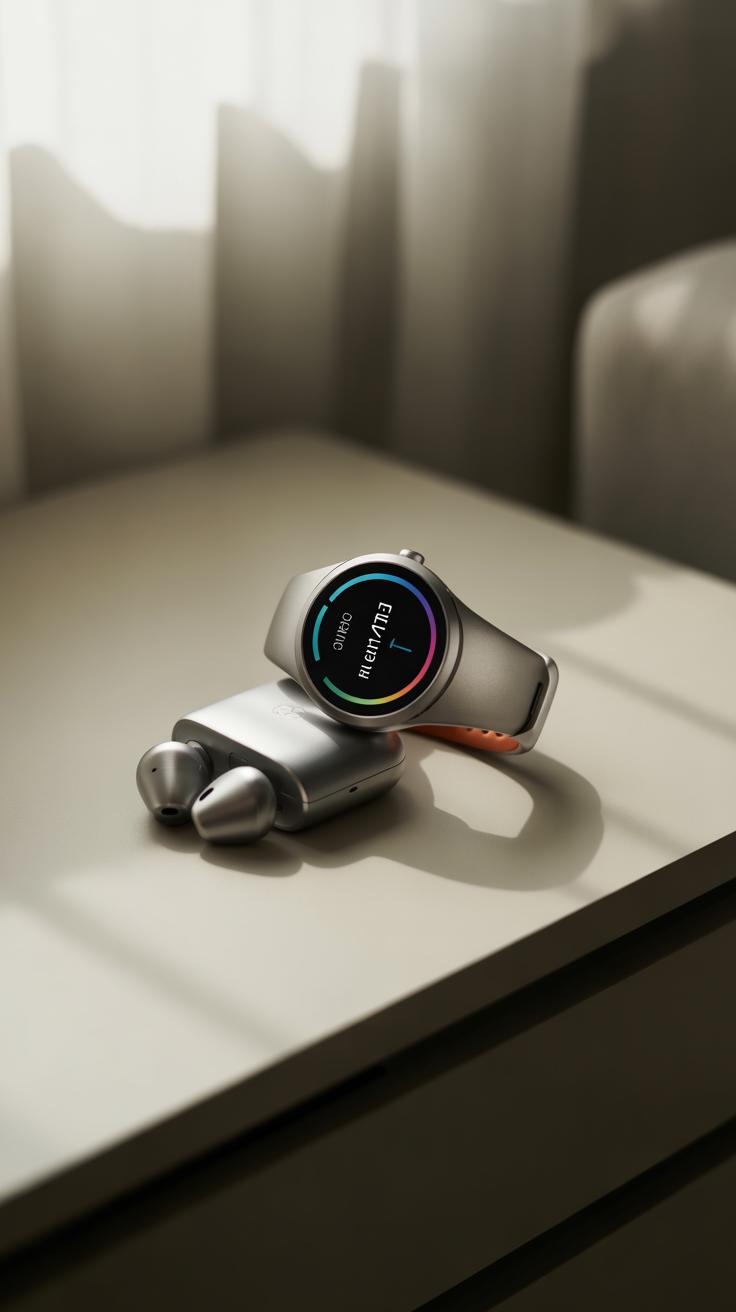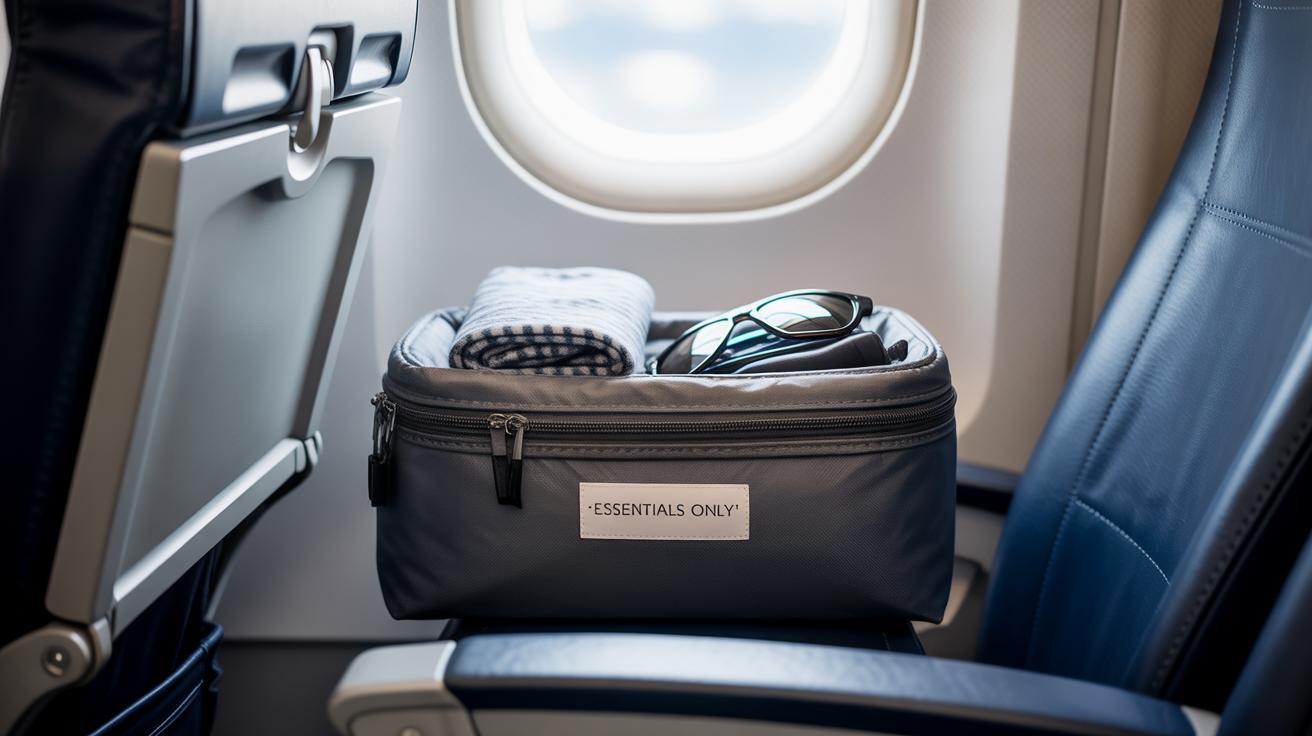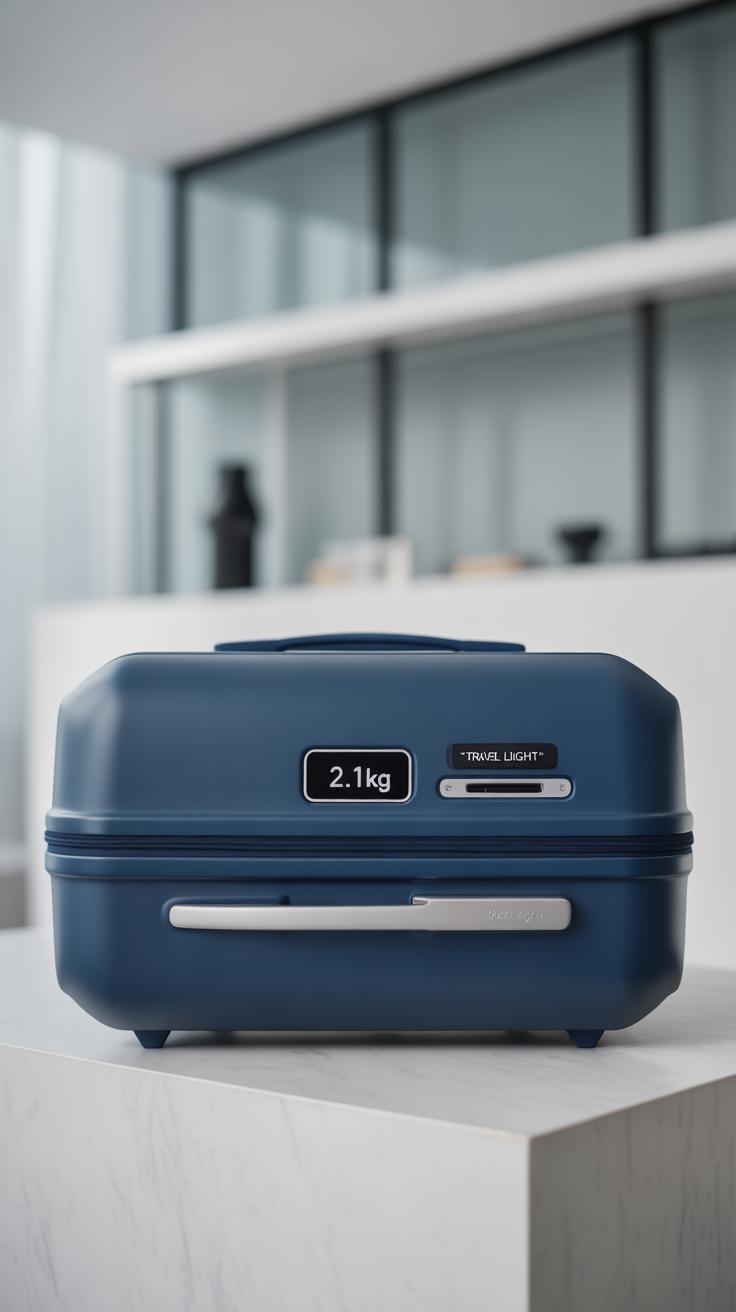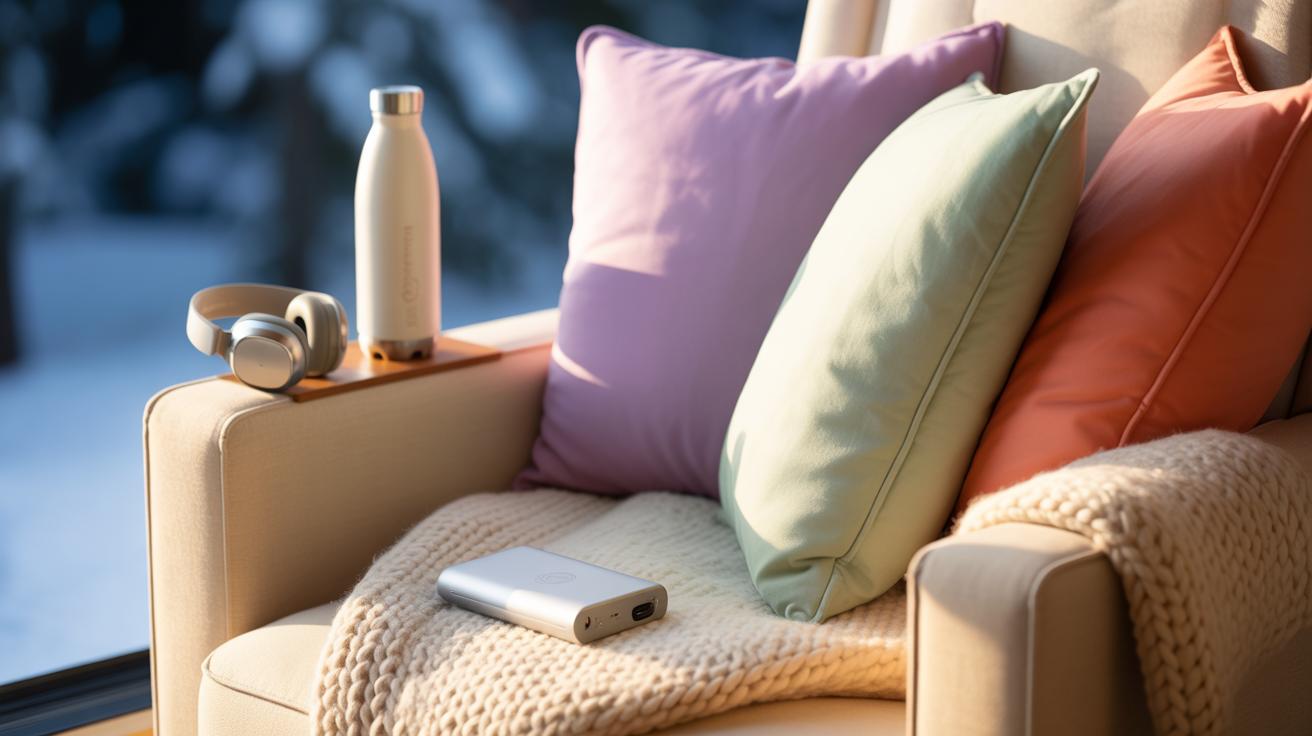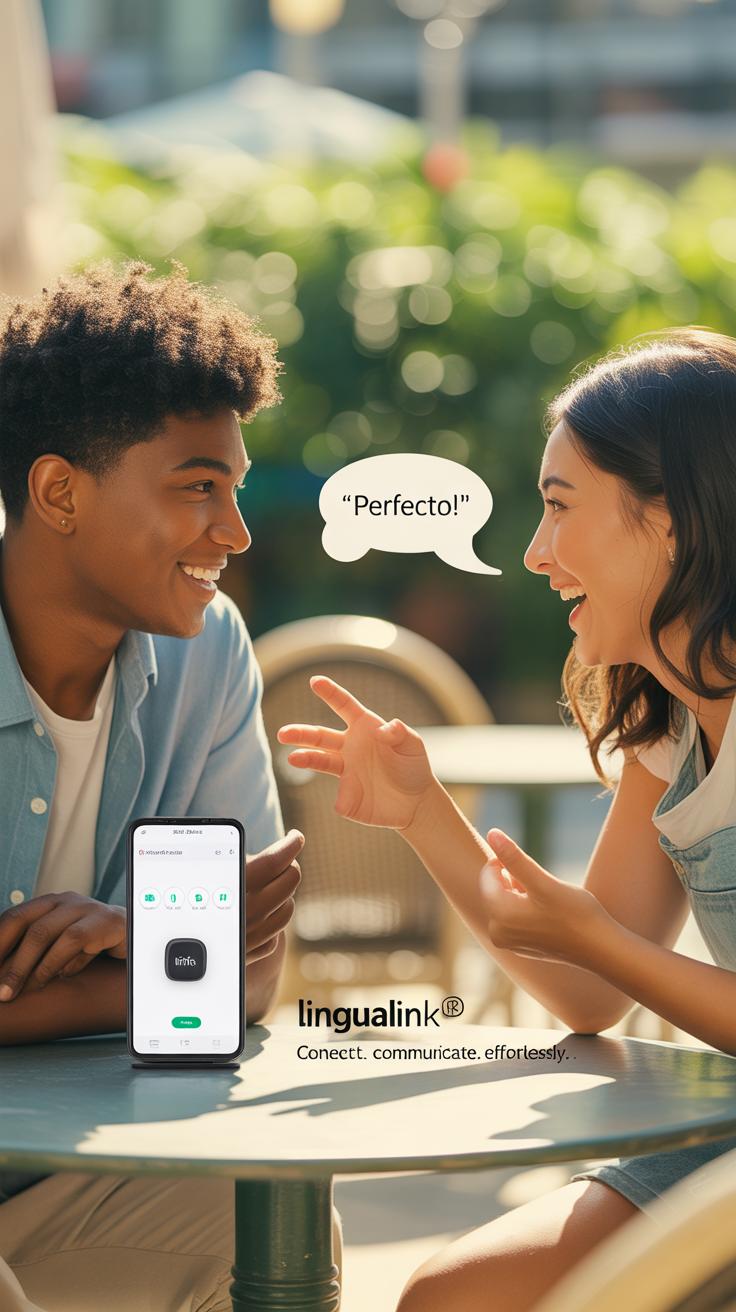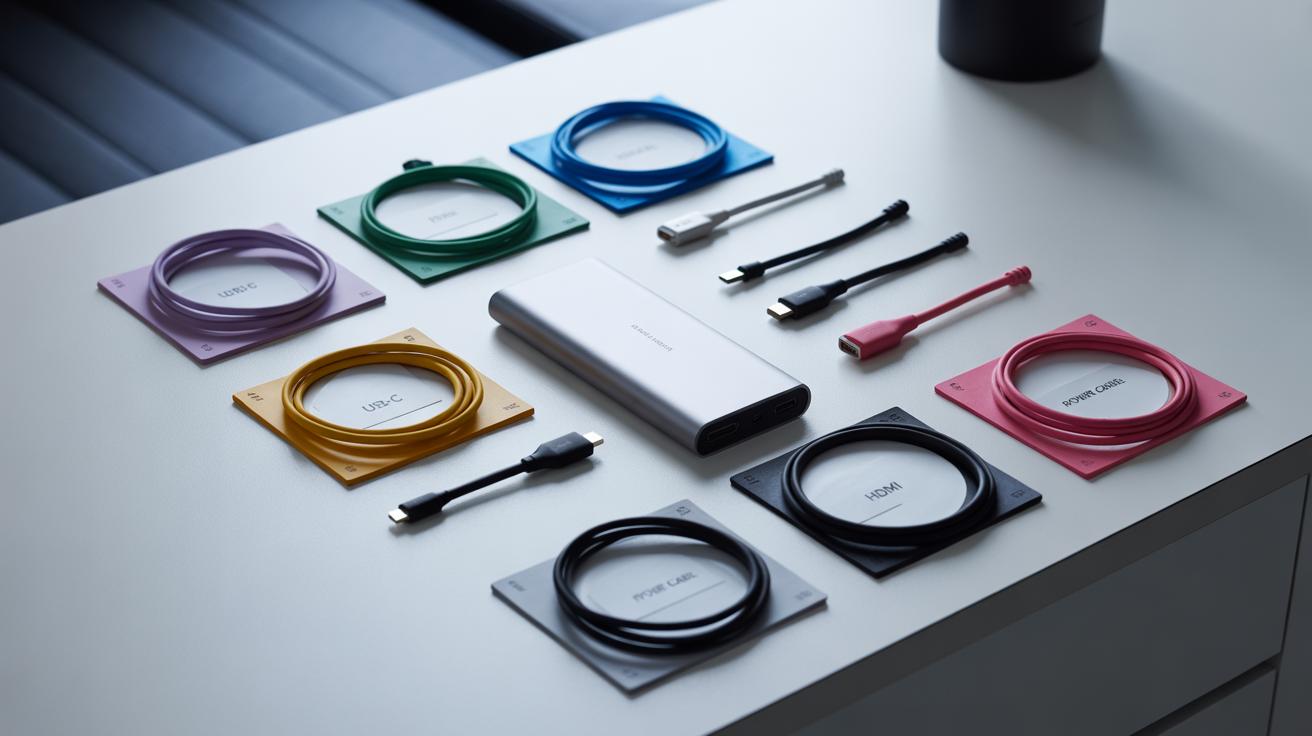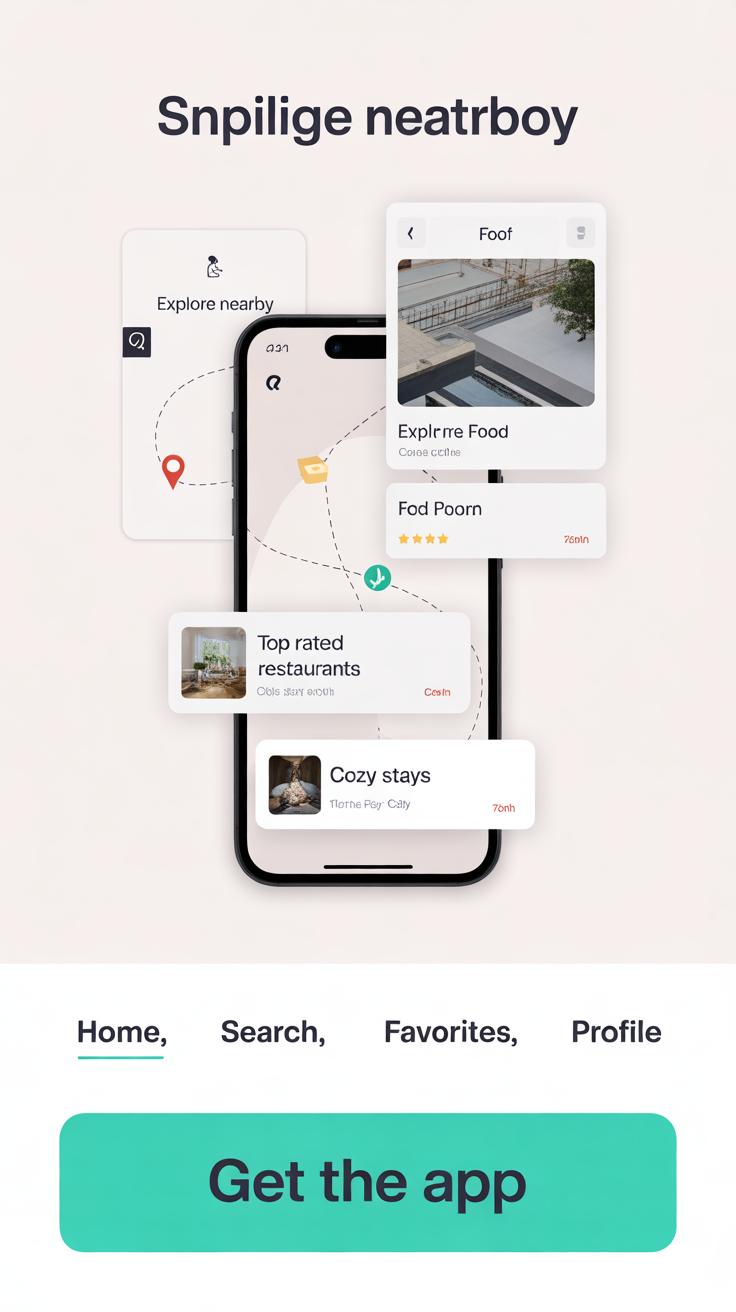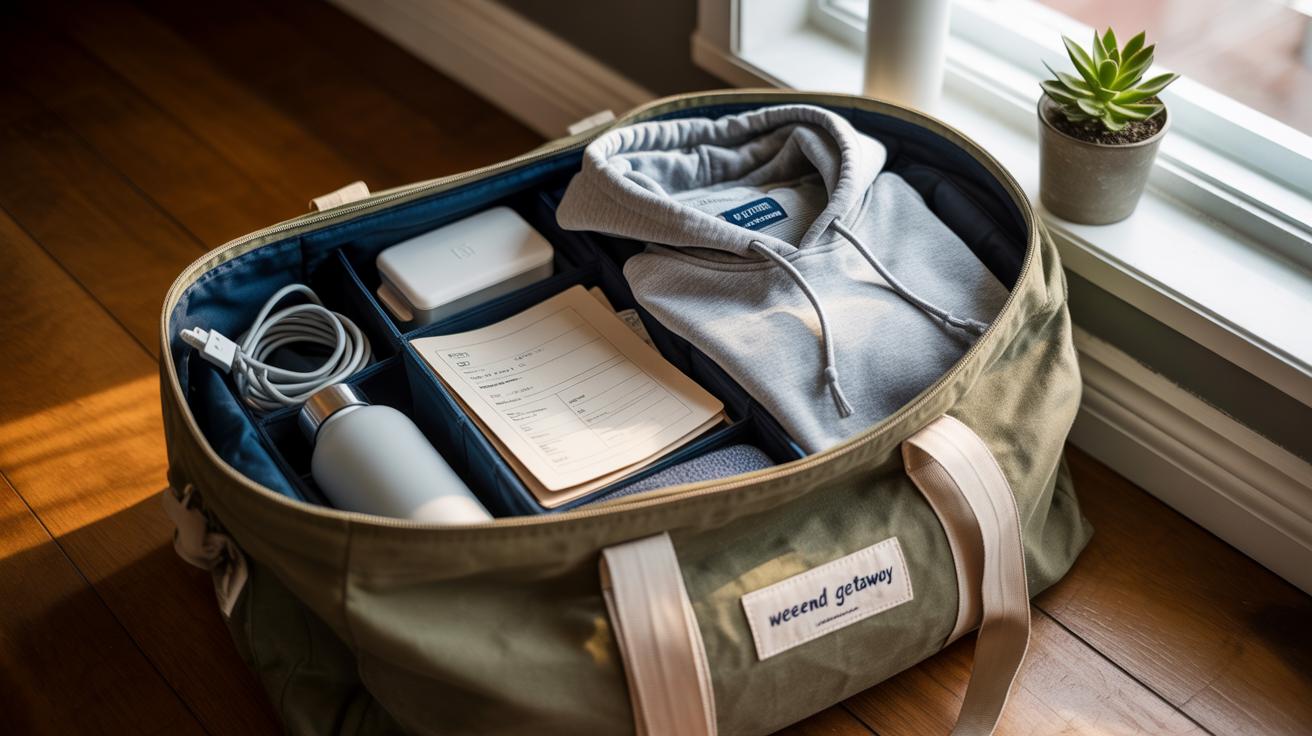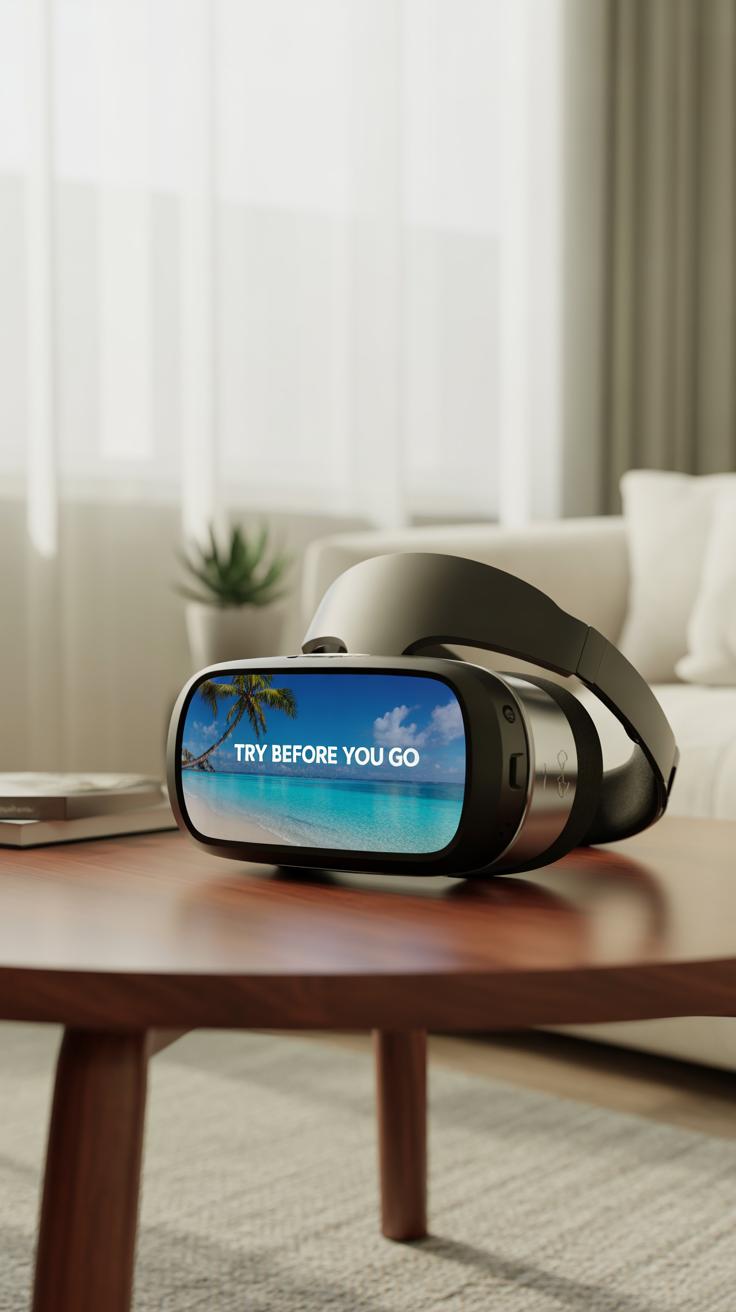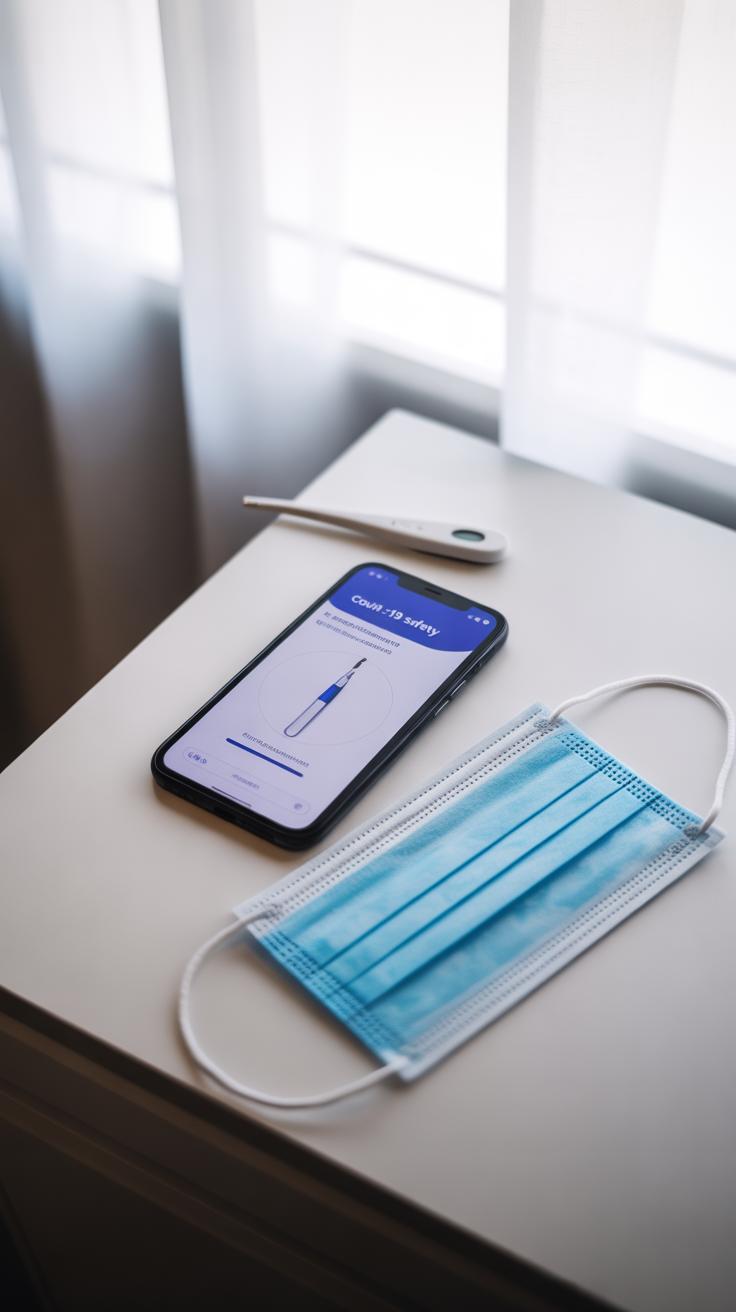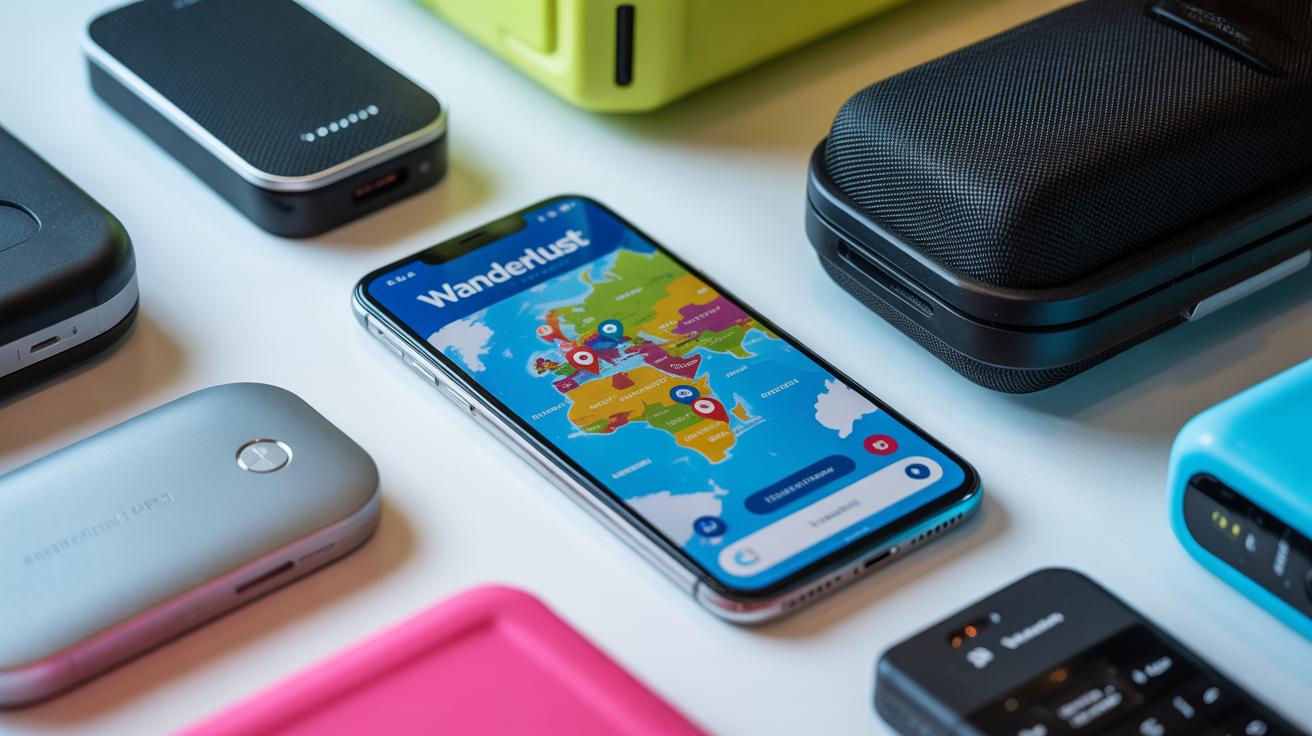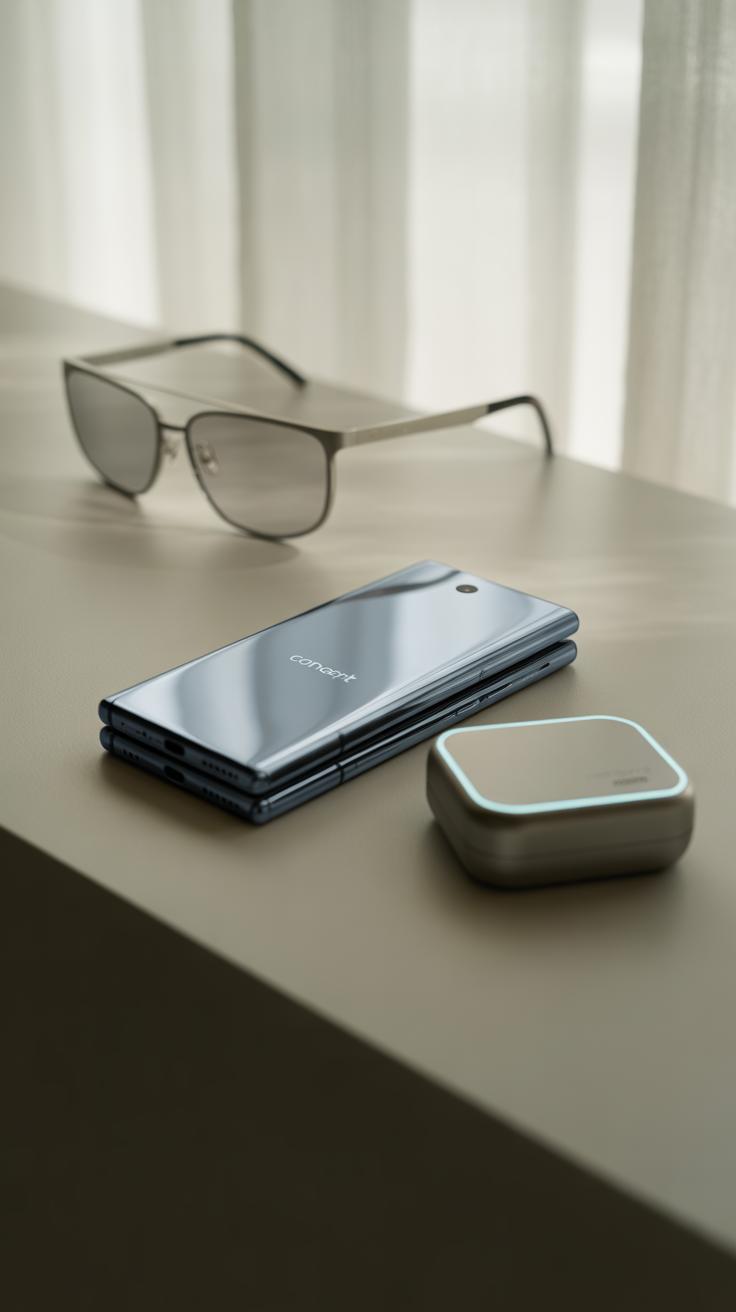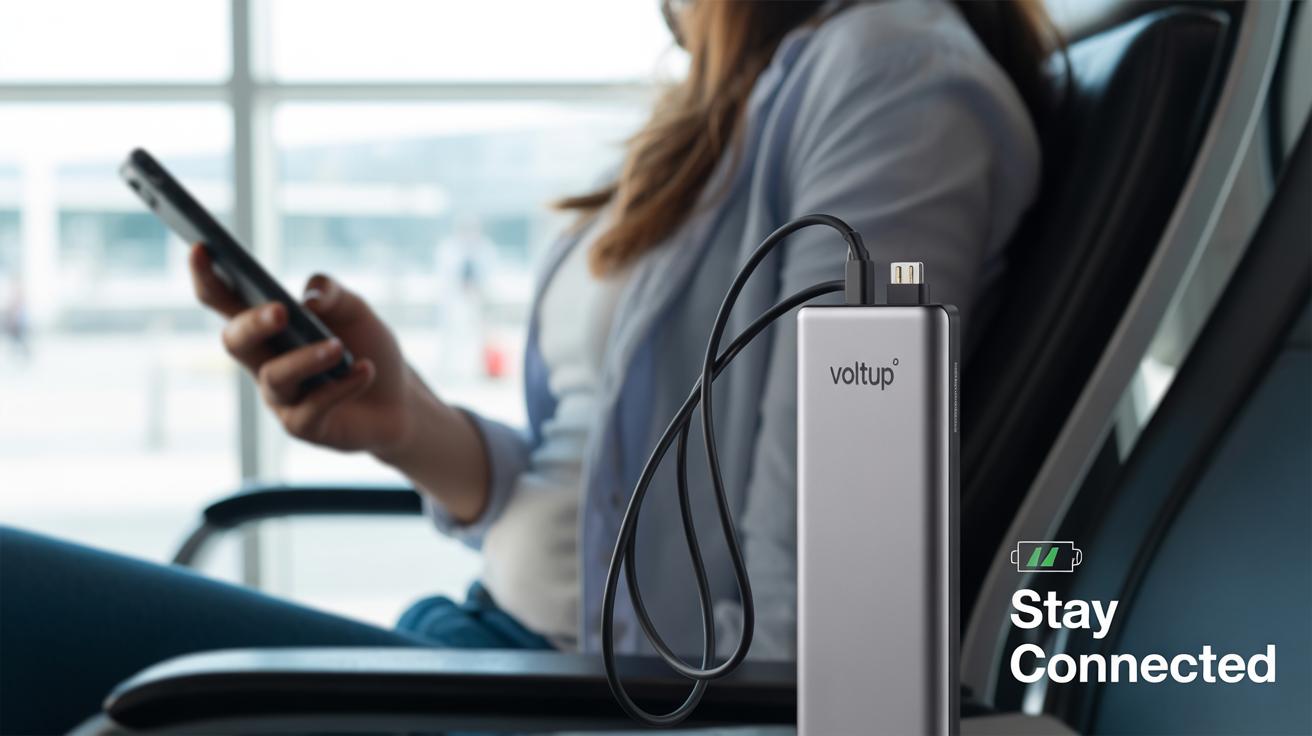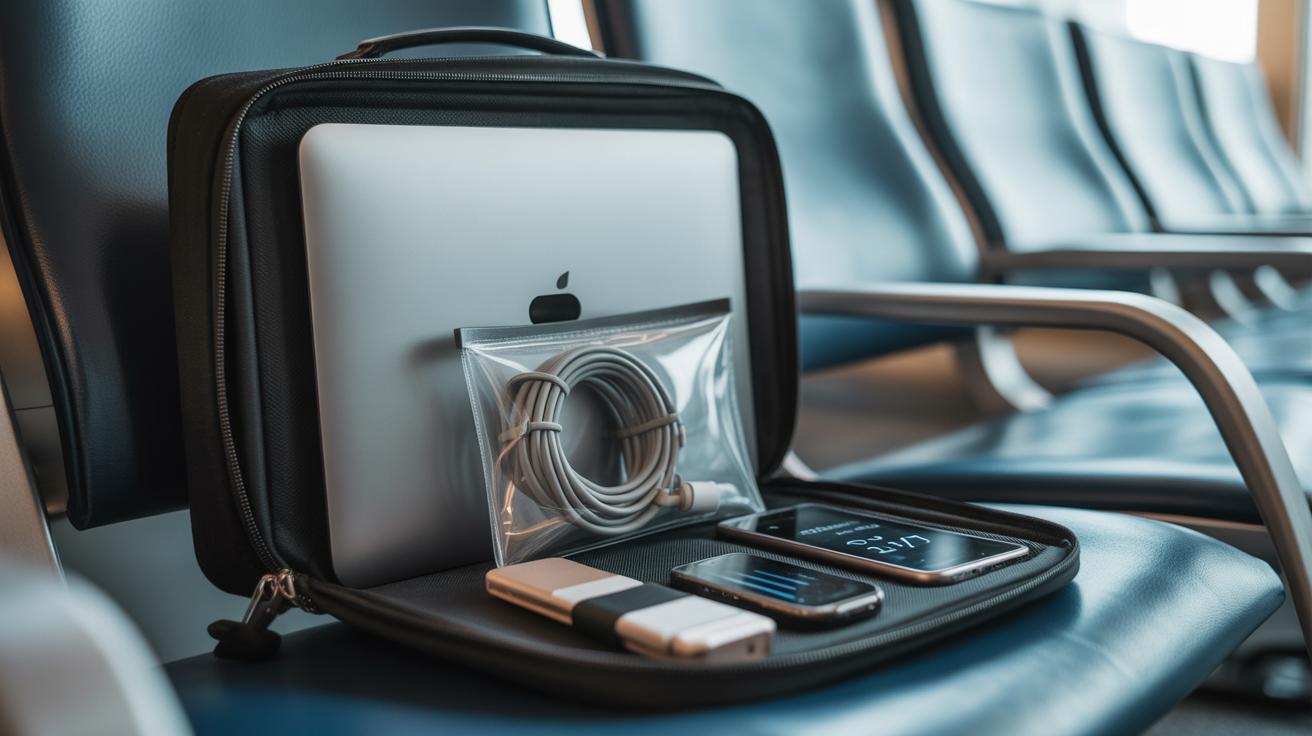Introduction
Traveling can be fun but also stressful if you don’t plan well. Cool technology today gives you tools to make your travel days smarter and easier. You can book trips, find places to stay, and get travel advice all from your phone or computer.
This article explores how technology helps you plan trips, get around, and enjoy your journey. From booking sites to smart gadgets, you’ll learn how to use tech to make each travel day better and less stressful.
Technology Making Travel Planning Easier
Planning a trip used to mean endless phone calls, stacks of brochures, or just guessing the best prices. Today, technology has upended all that. Online travel agencies and booking engines put the power directly in your hands—letting you search and book flights, hotels, and vacation packages wherever and whenever you want.
Websites like Expedia, Booking.com, and Kayak gather options from various providers and show them side-by-side. You can filter by price, times, amenities, and more, all without refreshing multiple tabs or calling around. It’s easy to feel a bit overwhelmed by so many choices, but these tools help narrow things down quickly.
Reviews play a big role, too. TripAdvisor, for example, gives you access to thousands of traveler experiences. Reading others’ opinions about hotels or activities can stop you from making mistakes or missing hidden gems. It’s tempting to trust the first glowing review, but looking at mixed feedback helps paint a fuller picture.
So, technology doesn’t just save time; it also adds layers of insight. You might still hesitate on a deal or debate your options, but at least you’re better informed—and that counts for a lot when planning anything from a weekend getaway to a long vacation.
Smart Devices Changing The Way You Travel
Using Your Phone For Navigation and Info
Smartphones have become almost essential for figuring out where you are and where you need to go. Instead of digging out those crumpled paper maps, you just tap on a map app and voilà—directions appear, sometimes even with voice guidance that keeps you from looking like you’re lost. Sometimes, though, the GPS can be a bit off, especially in crowded city streets or underground stations. But overall, having instant access to maps means fewer awkward moments asking strangers for directions.
Besides navigation, your phone can quickly provide useful info about the places you’re visiting. Wondering if that cafe has good reviews? Or if the museum is open today? A quick search or dedicated travel apps can answer those questions on the spot. I remember once waiting outside a landmark, unsure if it was worth the wait—checking a couple of apps helped me decide to skip the long line and save time for something better.
Ride-sharing Apps and Mobile Boarding
Apps like Uber and Lyft have reshaped getting around once you reach your destination. No need to look for a taxi stand or flag one down in the street. You just request a ride, watch your driver approach, and often get to your hotel or restaurant without fuss. Sure, surge pricing can catch you off guard sometimes, but the convenience usually pays off.
Mobile boarding passes also make airports feel less chaotic. Instead of printing out a ticket or standing in long lines, you just display your boarding pass on your phone. It speeds up security checks and gate boarding, though I’ll admit, I’ve seen people fumbling when their phone dies or the app lags. Still, it’s generally faster and feels like a small step toward smarter travel days.
Smart Luggage and Travel Accessories
Smart luggage has become more than just a trend; it really changes how you manage your stuff while on the move. Imagine carrying a suitcase that tells you exactly where it is, or locks itself without you fumbling for keys. That’s where GPS trackers and electronic locks come into play. These gadgets aren’t just flashy—they can ease real travel worries.
GPS Trackers Prevent Lost Luggage
If you’ve ever stared at a baggage carousel wondering if your bag made it, you know the sinking feeling. GPS trackers can help with that by letting you check your luggage location right from your phone. It’s not just convenience; it cuts down a lot of anxiety. Sometimes airport systems mess up or bags get rerouted—but if you have a GPS tracker onboard, you can spot where your luggage took a detour, or if it’s stuck somewhere. That kind of real-time info? It changes how you feel about traveling, even if it doesn’t guarantee you’ll never lose a bag.
Smart Locks and Charging Solutions
Electronic locks are another step up from traditional keys or combos. They link with your phone, letting you lock and unlock quickly, and some offer alerts if someone tries to tamper with your luggage. It’s like having a mini security system in your suitcase—though, of course, it doesn’t stop all risks, but it’s better than nothing, right?
Then there’s power banks. They’re indispensible, especially during long waits or layovers. Carrying a reliable power bank means your devices—phone, tablet, even portable Wi-Fi—stay juiced. You avoid that last-minute scramble for an outlet, which I think most travelers have faced at some point. What’s neat is how some luggage now even has built-in USB chargers, merging convenience with necessity.
Language Translation Tech You Can Carry
Mobile Translation Apps
Traveling to places where you don’t speak the language can be tricky, but mobile translation apps ease that tension in surprising ways. Apps like Google Translate or Microsoft Translator let you type or speak phrases and get instant translations. Sometimes, the app even recognizes text on signs or menus through your camera, which has saved me from ordering something… unexpected. You might find the translations aren’t perfect, yet they work well enough to figure things out. Plus, many now support offline mode, so no frantic searching for Wi-Fi mid-street.
What’s neat is how you can have back-and-forth conversations with someone using these apps. They translate each side in real time, though it feels a bit mechanical, like a polite robot is between you. Still, it beats confusion when you’re trying to ask for directions or allergies in a restaurant.
Pocket Translators for Quick Help
If pulling out your phone every few minutes feels awkward, pocket translators offer a different kind of convenience. These small devices fit in your palm and work fast—no internet needed. I remember once in a rural spot where data was spotty. Using one, I got answers to simple questions instantly without fumbling with my phone.
They’re not perfect. Sometimes, the nuance gets lost or the device mishears, but for urgent communication or brief interactions, they’re handy. Many support multiple languages and have clear audio, so people on the other end hear you properly too. For anyone who travels often to countries with less common languages, these could be a travel essential.
What do you think? Would you trust a tiny gadget over your trusty phone app? The tech is improving, but it still feels like there’s room to grow. Either way, both mobile apps and pocket translators help break walls in communication that could otherwise slow you down.
Planning Your Trip With AI and Recommendations
Artificial intelligence is changing how you plan trips, though it might not feel like magic at first. Instead of endlessly scrolling through forums or guidebooks, AI suggests places and activities that match what you actually enjoy—based on your past searches or stated interests. For example, if you like quiet beaches over busy cityscapes, AI can nudge your options toward lesser-known coastal spots. It’s almost like having a travel buddy who remembers your tastes but without the small talk.
Then there are AI travel advisors—those chatbots or apps ready to help build your itinerary step-by-step. You can ask for a list of museums open on Mondays or the best spots for local food within walking distance. Sometimes the suggestions seem oddly perfect, other times a bit off—like how I once got a restaurant recommendation far from where I planned to stay, which threw me off a little. Still, they save so much time and hassle, making trip planning less of a chore.
Meanwhile, recommendation engines on travel websites tap into data from countless other travelers. When you see “popular with travelers like you,” it’s not just marketing. These tools analyze reviews, booking patterns, and preferences others have shared. It’s reassuring to know you’re not the only one curious about a hidden art gallery or a small café. But depending too much on crowdsourced picks might mean missing out on something unexpected—there’s always a balance to find.
Virtual Reality For Travel Previews
Using VR To See Destinations
Virtual reality gives you a chance to step inside places before you actually set foot there. You can wander through streets, check out landmarks, or even stroll along a beach—all from your living room. It’s not just about pretty pictures; this kind of preview helps you get a feel for the vibes of a destination. Sometimes photos or descriptions don’t quite capture the atmosphere—or the scale. VR can bridge that gap, letting you sense whether a place feels right for you or not. Imagine walking through a historic town square or watching a sunset in a national park without booking a ticket first. It’s like testing the waters, though I guess it can’t replace the full experience, but it does make choosing where to go a bit less of a gamble.
VR Hotel and Room Walkthroughs
Hotels are catching on fast. Many now offer VR tours so you can actually “walk” through rooms and common areas before booking. You get to see layouts, furniture, and even views from windows—sometimes better than static photos that can be misleading. It’s almost like having a personal walkthrough led by the hotel itself. You can check if the room feels spacious or cramped, if the bathroom fits your needs, or whether the pool looks inviting. This upfront glance can help avoid unpleasant surprises at check-in. Sure, VR can’t fully replicate smells or sounds, but it cuts down the guesswork. Have you ever booked a hotel expecting one thing, then shown up to find something totally different? VR helps with that.
Health and Safety Technologies On The Go
Wearable Health Monitors
Traveling can throw off your routine, and sometimes your body signals get mixed up in the chaos. Wearable health monitors like smartwatches and fitness bands keep an eye on your vital signs constantly—like heart rate, oxygen levels, and sleep patterns. Some devices even alert you if something’s off, such as abnormal heart rhythms or unusually high stress levels, which might catch an issue before it becomes serious. Think about that moment when you’re waiting in a long security line feeling strangely dizzy—having your wearable say “Hey, maybe sit down for a moment” can be a real lifesaver.
You might find yourself questioning how much to trust these alerts, though. Do you ignore them, or do you get checked out? Still, having immediate feedback about your body’s state while crossing time zones or tackling unexpected changes feels reassuring. It’s not just for chronic conditions either; even if you’re generally healthy, knowing your baseline on the road could change your response to a sudden headache or fatigue.
Emergency and Contactless Tools
Safety apps are another layer of protection when you’re away from home. These apps can share your location instantly with emergency services or trusted contacts at the press of a button. Some even provide real-time guidance on what to do in case of accidents, medical emergencies, or natural disasters. I recall a friend who once used one during a minor but scary hiking incident abroad—it connected her quickly to local responders when cell service was spotty.
Contactless payment methods also reduce health risks by limiting physical contact. Swiping, tapping, or scanning your phone or card avoids handling cash or keypads, which can carry germs—something especially relevant during flu season, or, say, a recent pandemic. It might feel like a small convenience, but these hands-off transactions can add a subtle layer of protection without disrupting your flow. The question is, how comfortable are you switching fully to contactless, especially in areas less familiar or tech-savvy? It’s a bit of a balance between ease and caution.
Future Tech That Could Change Travel Days
Smart Airports and Faster Processes
Imagine arriving at an airport where the usual lines barely exist, and you barely need to show a physical ticket. That’s the goal with smart airports using automated check-ins combined with biometric scans. These systems identify you using facial recognition or fingerprints, speeding up security checks and boarding.
Some airports already use these technologies, but they’re becoming more common. It’s strange—sometimes I wonder if it feels too impersonal, like the technology notices you more than the staff ever did. Yet, waiting in endless queues is frustrating, so I guess a bit of digital coldness isn’t so bad.
What’s interesting is how these smart processes handle complex issues like misplaced documents or flight changes. Will AI step in to help solve such problems on the spot? That could make travel smoother, or maybe less flexible, depending on how the systems react in real-time.
Autonomous Vehicles and AI Travel Helpers
Driverless cars and AI assistants are not just ideas—they’re starting to show up on roads and apps. Think about having a car that picks you up, knows your schedule, and can reroute automatically if there’s traffic. This might take some of the stress out of finding rides in unfamiliar places.
Plus, imagine AI helpers that don’t just manage your itinerary but also alert you when to leave for the airport or suggest detours for a quick meal break. They could even book tickets or accommodations on the fly if plans change.
Still, it’s unclear how comfortable most travelers will feel relying fully on machines for these personal tasks. Do you trust a robot to understand your preferences better than you? Maybe someday, though now it feels a bit… uncertain. But the convenience? That’s hard to ignore.
Conclusions
Technology changes how you travel. It helps you plan trips, book the best deals, and find your way around new places. You can use apps, websites, and gadgets to make traveling smoother and more fun.
By using these tools, you can spend less time worrying about details and more time enjoying your journey. Cool tech is your travel helper for smarter, easier travel days.

